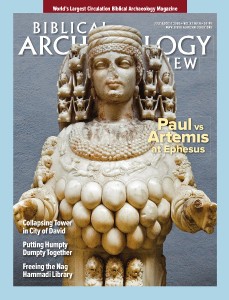
Sacred to three major religions, Jerusalem has served as both a religious and political capital throughout the course of its long, storied history. Here Frank E. Peters discusses the mystery of Jerusalem—both earthly and heavenly.1 Professor Emeritus of Middle Eastern and Islamic Studies and Religious Studies at New York University, Peters is an expert in Islamic history and religion, as well as comparative Judaism, Christianity and Islam.
It was probably Paul, who was in Jerusalem to study law early in the first Christian century, who caught the essence of Jerusalem. There were, as he famously described it, two cities, a heavenly Jerusalem and “the city of today” (Galatians 4:25–26). Like the Assyrians and Babylonians of old, Paul was heading somewhere else with his “allegory” of the two Jerusalems, but there is a profound truth there. There are indeed two Jerusalems, the historical city with its banal urban problems of traffic and sewage; its economic problems of supply and demand of trade, commerce, capital and construction; its social problems of too many or too few people, or perhaps just the wrong people; and its political problems of the rulers, present and prospective, and the ruled.
Already a library member? Log in here.
Institution user? Log in with your IP address.

